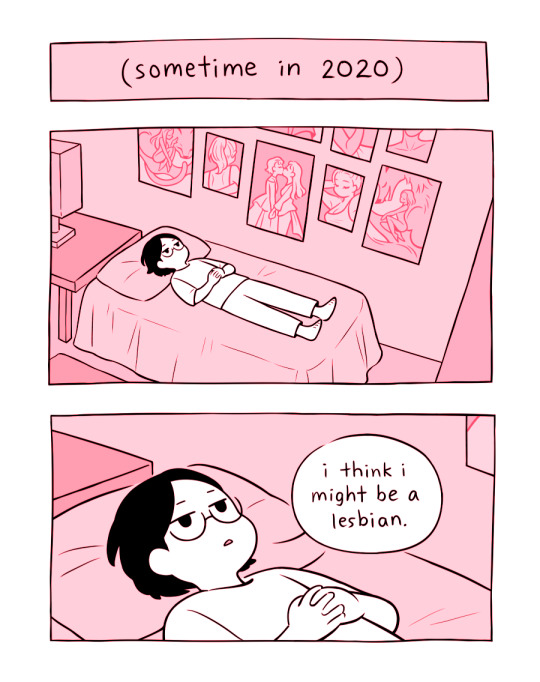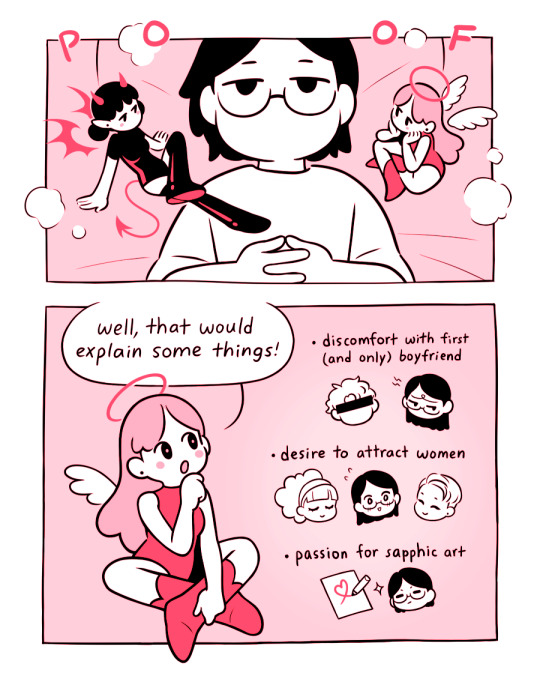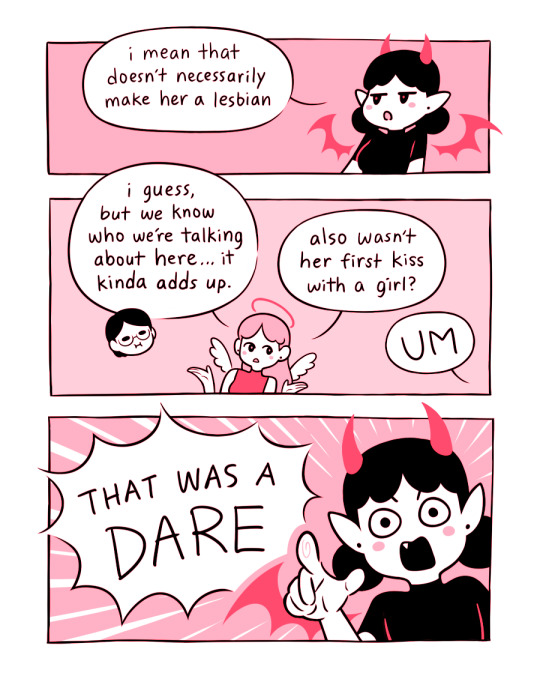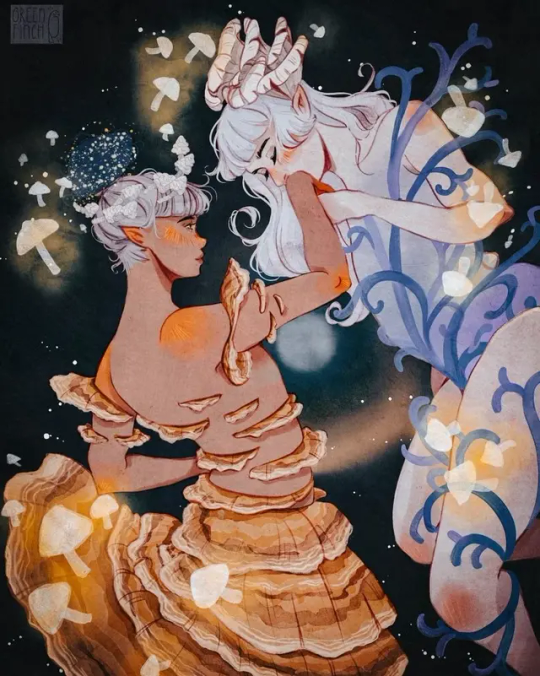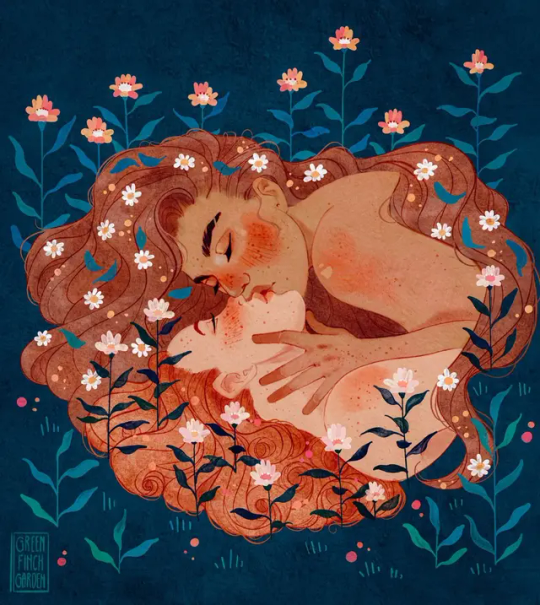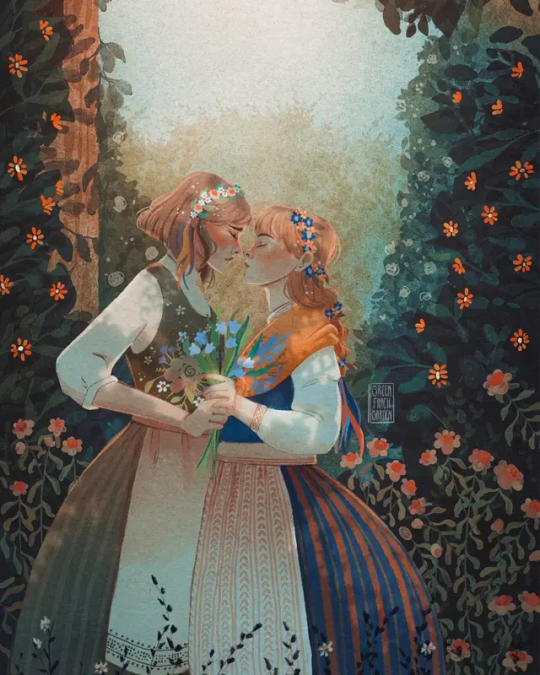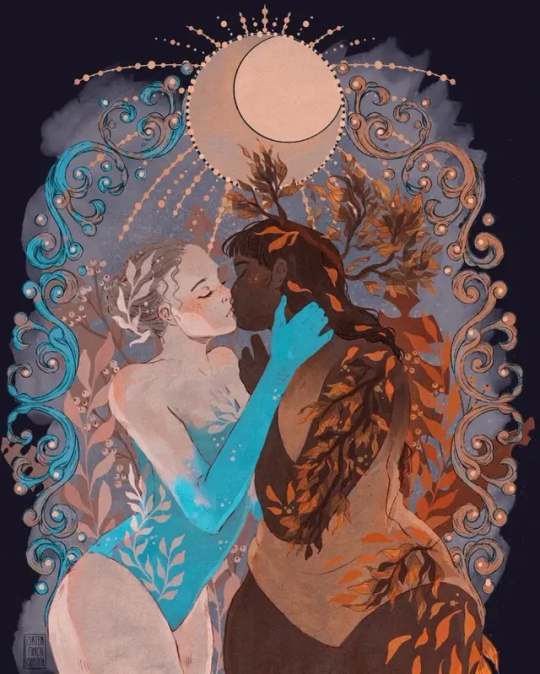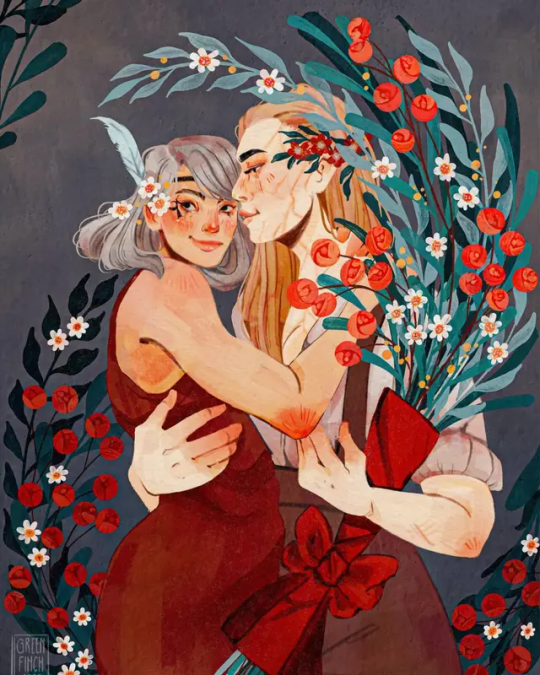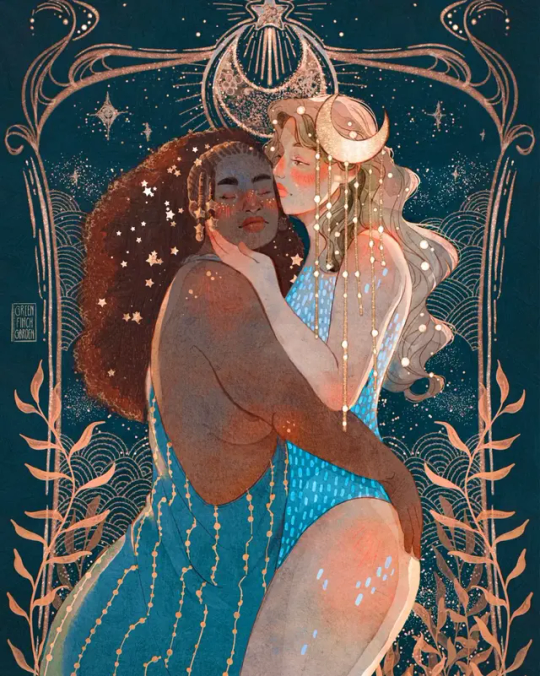Text
I heard reference to something about how all anime are required to have good looking cabbage because of That One Time. So simply looking up "anime cabbage" I found the source.
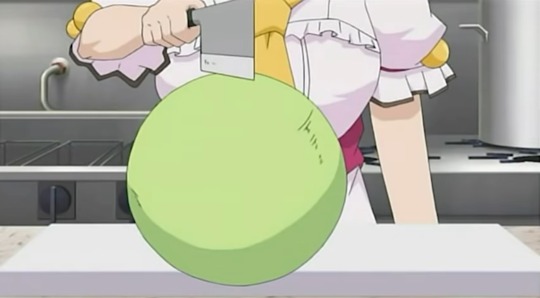


Some harem anime way back in the day had an episode where the characters cooked, and they animated cabbage so terribly like this it left a bad mark on the anime community forever. Apparently this is part of the reason why all food usually looks good in anime, even moreso than the regular show sometimes. With cabbage being especially well drawn.

A complaint, apparently in a paper.

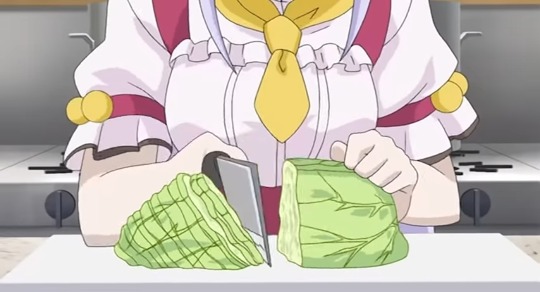
The first show when released internationally was reanimated in this part.


And high quality or low quality cabbage is sometimes referenced.


I learned of this because the most recent Hologra episode has noel eating cabbage, tearing apart a fine quality cabbage into two low poly halves.
126K notes
·
View notes
Text
"how can you like this objectively bad thing!" because i have bad taste. move on.
46K notes
·
View notes
Photo
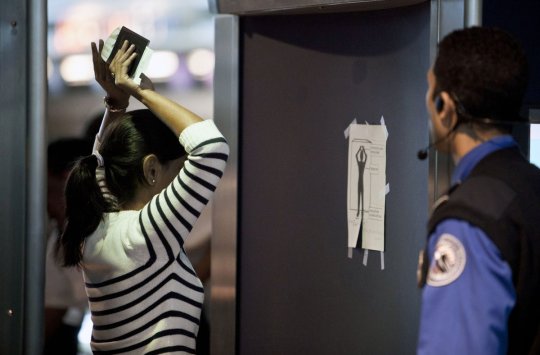





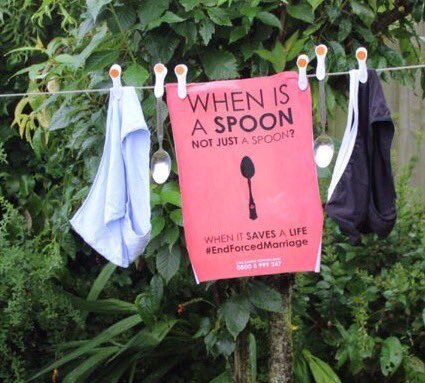
Heard some important information on Twitter today, and thought I’d post it here for anyone who may not have heard it. This is actually a thing, devised by human rights organisation called Karma Nirvana.
Reblog to save a life?
659K notes
·
View notes
Text
“If a society puts half its children into short skirts and warns them not to move in ways that reveal their panties, while putting the other half into jeans and overalls and encouraging them to climb trees, play ball, and participate in other vigorous outdoor games; if later, during adolescence, the children who have been wearing trousers are urged to “eat like growing boys,” while the children in skirts are warned to watch their weight and not get fat; if the half in jeans runs around in sneakers or boots, while the half in skirts totters about on spike heels, then these two groups of people will be biologically as well as socially different. Their muscles will be different, as will their reflexes, posture, arms, legs and feet, hand-eye coordination, and so on. Similarly, people who spend eight hours a day in an office working at a typewriter or a visual display terminal will be biologically different from those who work on construction jobs. There is no way to sort the biological and social components that produce these differences. We cannot sort nature from nurture when we confront group differences in societies in which people from different races, classes, and sexes do not have equal access to resources and power, and therefore live in different environments. Sex-typed generalizations, such as that men are heavier, taller, or stronger than women, obscure the diversity among women and among men and the extensive overlaps between them… Most women and men fall within the same range of heights, weights, and strengths, three variables that depend a great deal on how we have grown up and live. We all know that first-generation Americans, on average, are taller than their immigrant parents and that men who do physical labor, on average, are stronger than male college professors. But we forget to look for the obvious reasons for differences when confronted with assertions like ‘Men are stronger than women.’ We should be asking: ‘Which men?’ and ‘What do they do?’ There may be biologically based average differences between women and men, but these are interwoven with a host of social differences from which we cannot disentangle them.”
— Ruth Hubbard, “The Political Nature of ‘Human Nature’“
(via gothhabiba)
Yes.
93K notes
·
View notes
Text
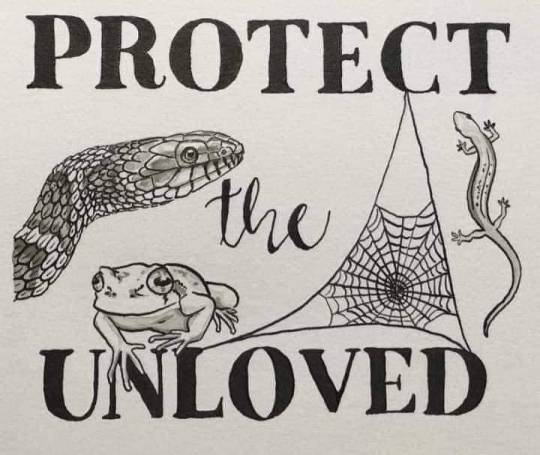
#environment#animals#snakes#frogs#newts#amphibians#endangered#love#extinct#conservation#reptiles#spiders#arachnids#other people's art
18K notes
·
View notes
Text


my most self indulgent drawing yet - hick Lae'zel + human ver
inspired by this post
4K notes
·
View notes
Text
this is girlhood. ethiopian skater girls. source
12K notes
·
View notes
Text
Taylor Swift and that football player broke up??? She's been seen with a new guy too??? Some racer???
16K notes
·
View notes
Text
i think one of the most important things you learn about making connections with others is that a significant portion of the time people just do not know theyre doing what theyre doing
152K notes
·
View notes
Photo

good morning comic :3
_______________________
patreon / society6
1K notes
·
View notes
Text
Sorry for being such a slow writer, it's because I [remembers that self-deprecating jokes are harmful to my mental health and make everyone else uncomfortable] was attacked by dark spirits and washed up on the shore of a mysterious island with no recollection of who I was
13K notes
·
View notes
Text
Writing Tips
Punctuating Dialogue
✧
➸ “This is a sentence.”
➸ “This is a sentence with a dialogue tag at the end,” she said.
➸ “This,” he said, “is a sentence split by a dialogue tag.”
➸ “This is a sentence,” she said. “This is a new sentence. New sentences are capitalized.”
➸ “This is a sentence followed by an action.” He stood. “They are separate sentences because he did not speak by standing.”
➸ She said, “Use a comma to introduce dialogue. The quote is capitalized when the dialogue tag is at the beginning.”
➸ “Use a comma when a dialogue tag follows a quote,” he said.
“Unless there is a question mark?” she asked.
“Or an exclamation point!” he answered. “The dialogue tag still remains uncapitalized because it’s not truly the end of the sentence.”
➸ “Periods and commas should be inside closing quotations.”
➸ “Hey!” she shouted, “Sometimes exclamation points are inside quotations.”
However, if it’s not dialogue exclamation points can also be “outside”!
➸ “Does this apply to question marks too?” he asked.
If it’s not dialogue, can question marks be “outside”? (Yes, they can.)
➸ “This applies to dashes too. Inside quotations dashes typically express—“
“Interruption” — but there are situations dashes may be outside.
➸ “You’ll notice that exclamation marks, question marks, and dashes do not have a comma after them. Ellipses don’t have a comma after them either…” she said.
➸ “My teacher said, ‘Use single quotation marks when quoting within dialogue.’”
➸ “Use paragraph breaks to indicate a new speaker,” he said.
“The readers will know it’s someone else speaking.”
➸ “If it’s the same speaker but different paragraph, keep the closing quotation off.
“This shows it’s the same character continuing to speak.”
76K notes
·
View notes
Text


COMMISSION INFO
please message if interested! I also accept general tips on kofi!
142 notes
·
View notes
